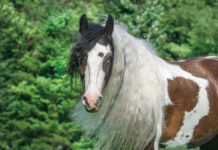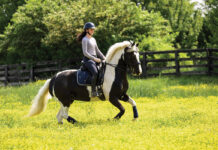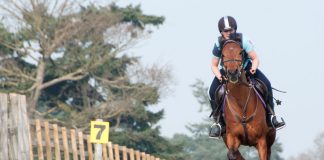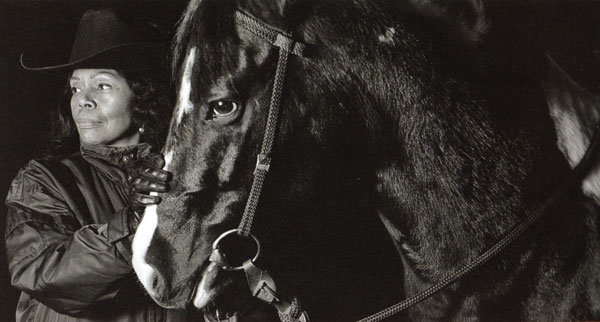
During the last century, Pat Kelly’s father was a jockey of some renown. Riding for mostly white horse owners, he grew a reputation for his ability to connect with horses and developed his skills as an equestrian. Since then, high-profile African-American jockeys have become scarce compared to their hispanic and white counterparts, and all equestrian sports are being challenged to increase inclusion. But the process is complex and connected to economics and gender, as well as to race.
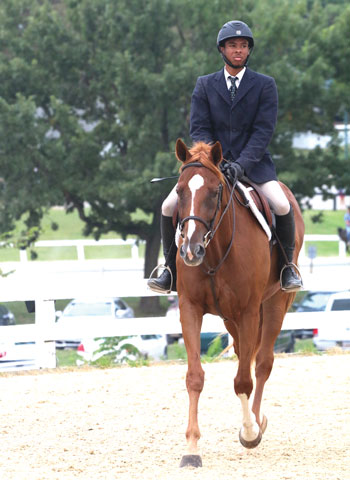
However, traditions are being challenged. According to Kelly, the young women and men on Ebony Horsewomen’s equestrian team not only concentrate on their riding skills, but they’re also mindful about how race and gender can affect their success in the show ring and even compromise their ability to achieve high-point status.
“It used to be that some people attending some shows would clutch their pearls when our teams would show up to compete,” Kelly says. “But that’s beginning to change.”
The Economic Factor
These days, she says it’s economics, not race, that is more likely to play a significant role in diversity within equestrian sports.
According to the 2017 Economic Impact Study of the U.S. Horse Industry by the American Horse Council Foundation (AHCF), approximately 34 percent of horse owners have a household income of less than $50,000, and 28 percent have an annual income of over $100,000. The bulk of horse owners have an income between $25,000 to $75,000, at 46 percent.
Additionally, the Great Recession of 2008 took a bite out of the industry, especially in the number of those owning horses and whether and how often they participate in shows, especially at the higher levels.
The industry’s middle class took the hardest hit, says Kelly.
“Showing is expensive; so are lessons, and I see fewer [middle class] kids at shows.”
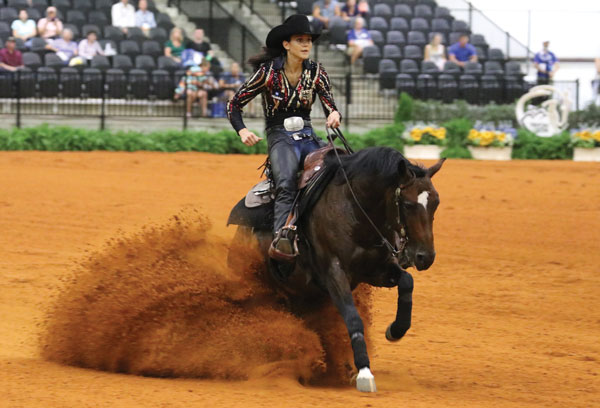
When they do show, Kelly says that regardless of race, less-affluent competitors frequently assume that they’ll place poorly. That’s generally because more affluent riders from higher-profile equestrian centers take part in shows more often and are better known to judges at bigger show venues and more likely to place higher.
“There was the case when one well-to-do rider at a Connecticut show was clearly outridden by a less affluent, less-well-known rider,” Kelly recalls. “To the surprise of many at that show, the [affluent] girl who won went up to the other rider and said, ‘This belongs to you.’”
Economics, coupled with geography, often dictate the level of diversity within any given equestrian community, says Clinton Kaiser, DVM, of Sarasota Equine Associates in Florida.
Owners in less-affluent areas tend to keep their horses at home, which stymies inclusion. They generally forgo the costs of show-related expenses in favor of less expensive activities, such as trail riding with their friends.
Women Throughout the Levels
Inclusion in equestrian sports is further affected by the fact that men continue to dominate the ranks of upper level trainers, according to Julia Farmer Lyons, trainer at Michael Lyons Horsemanship.
“When it comes to getting a trainer for high-profile competition, let’s say women [who attend Lyons Horsemanship clinics] will generally choose a man,” Farmer Lyons says. “I don’t know if that means that women [trainers] are not interested in doing the stuff that high profile requires, but that’s what we see.”
But there is some good news. Farmer Lyons says that the ranks of women participating in previously male-dominated disciplines is growing, while the playing field in others is leveling.
“In my experience, we see more and more women are competing in jumping, eventing and dressage competitions at the highest levels,” she says. “And we are seeing more and more women competing in disciplines that have traditionally been dominated by men, such as reining and cutting.”
Reining sports, which developed as cowboys’ leisure pursuits, were long dominated by men. But since 2007, Mandy McCutcheon has enjoyed championship status in several high-profile reining competitions, was a member of the 2014 Alltech FEI World Equestrian Games U.S. reining team, and is the first woman and non-pro to represent the U.S. at a Reining World Championship, according to the United States Equestrian Team Foundation.

Inclusion of Boys in Equestrian Sports
The numbers of young men involved in equestrian sports dwindled sharply after the early-to mid-1900s.
“Have you ever heard boys say, ‘You run like a girl’ or ‘you throw like a girl?” asks sociologist Jean O’Malley Halley, author of Horse Crazy: Girls and the Lives of Horses. “At a certain age, boys don’t want to be associated with a sport dominated by girls.”
According to Kelly, in the past, there were fewer young men competing in jumping or dressage.
“But we are seeing changes,” she says.
Whatever is driving the effort to cultivate inclusivity is critical to the industry in general, says Fernando J. Marqués, DVM, Dipl. ACVIM, clinical associate professor at the University of Wisconsin-Madison’s School of Veterinary Medicine.
“Diversity and inclusion are a source of strength, creativity and innovation,” says Marqués.
This article on inclusion in equestrian sports appeared in the February 2020 issue of Horse Illustrated magazine. Click here to subscribe!


